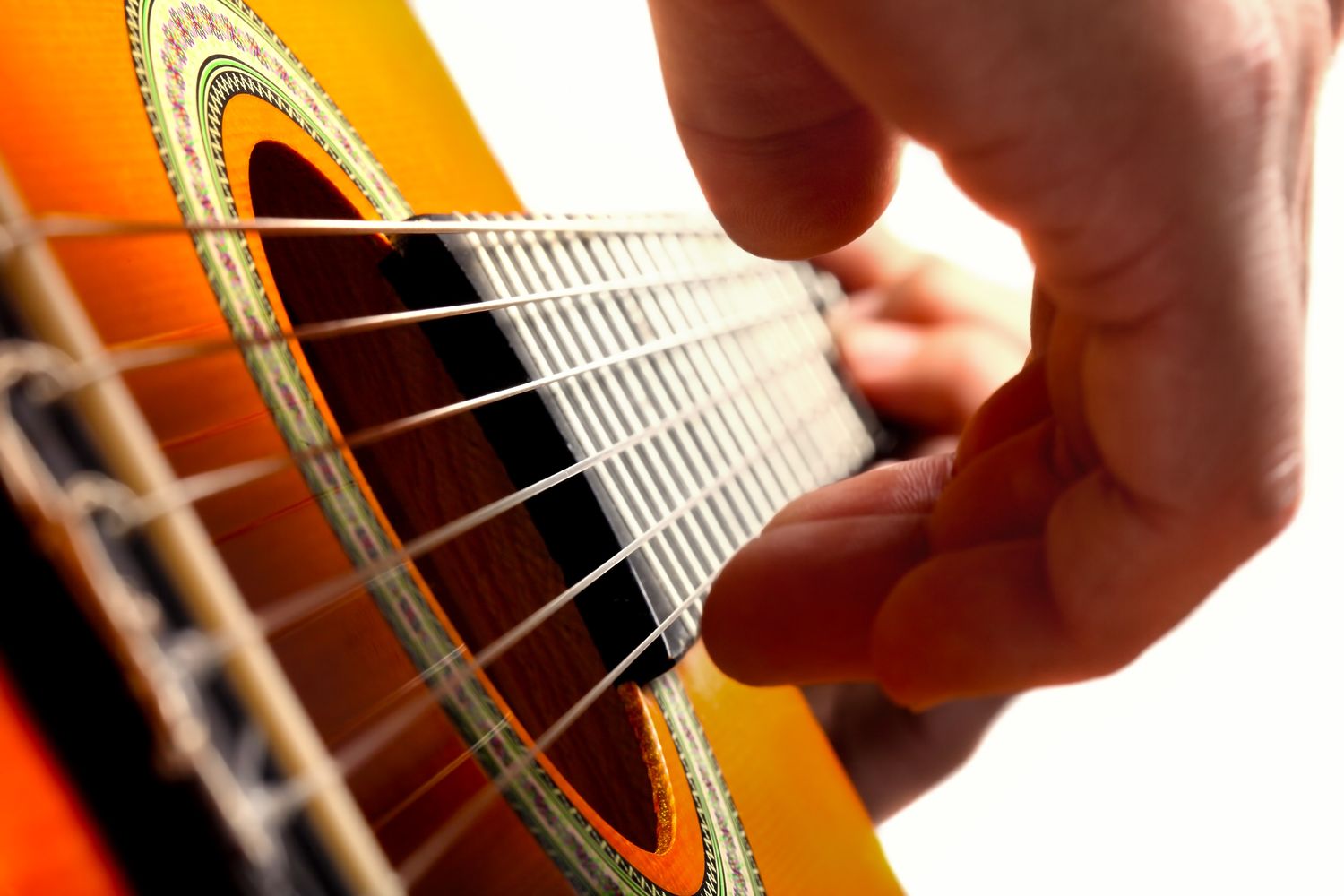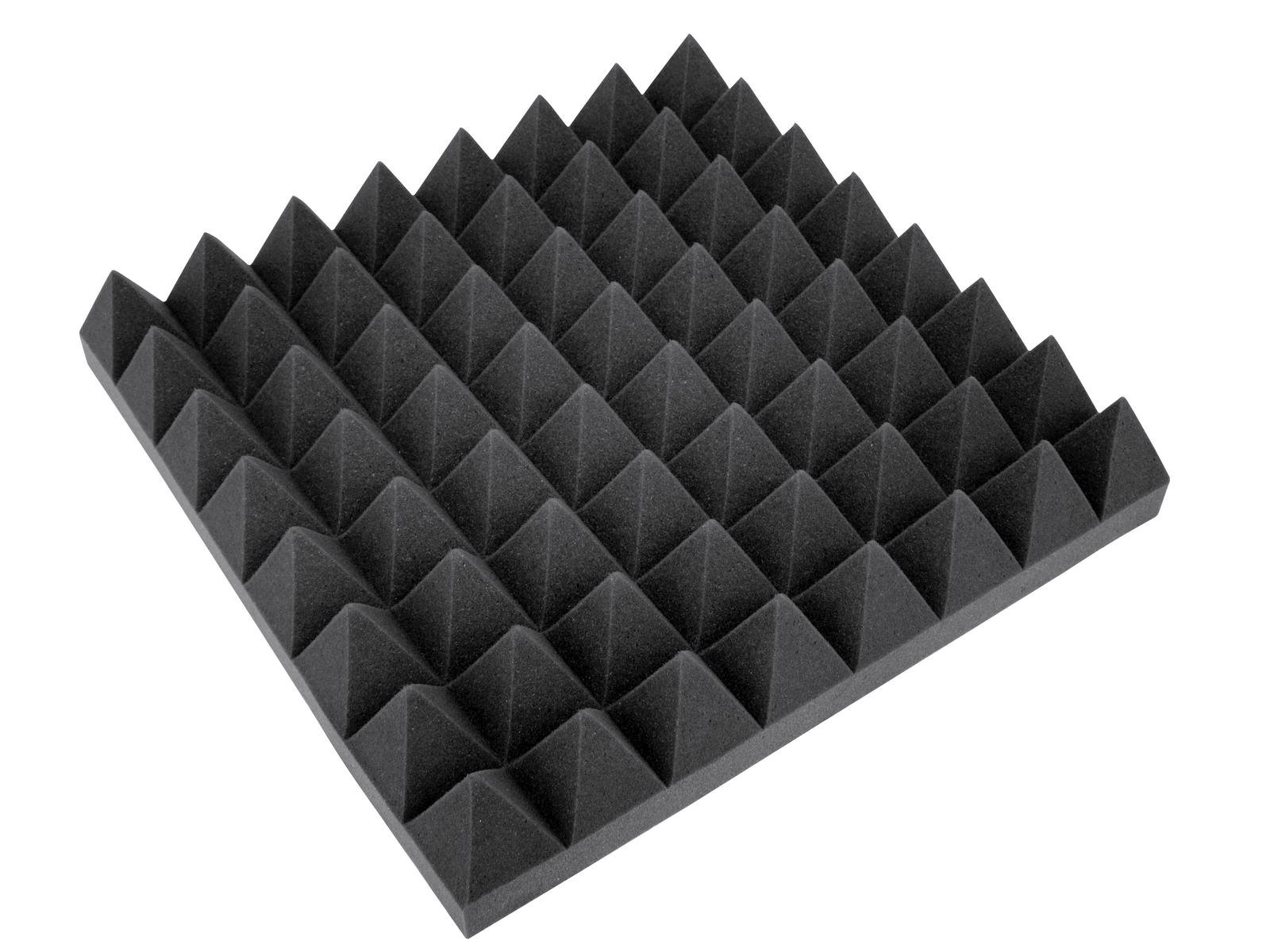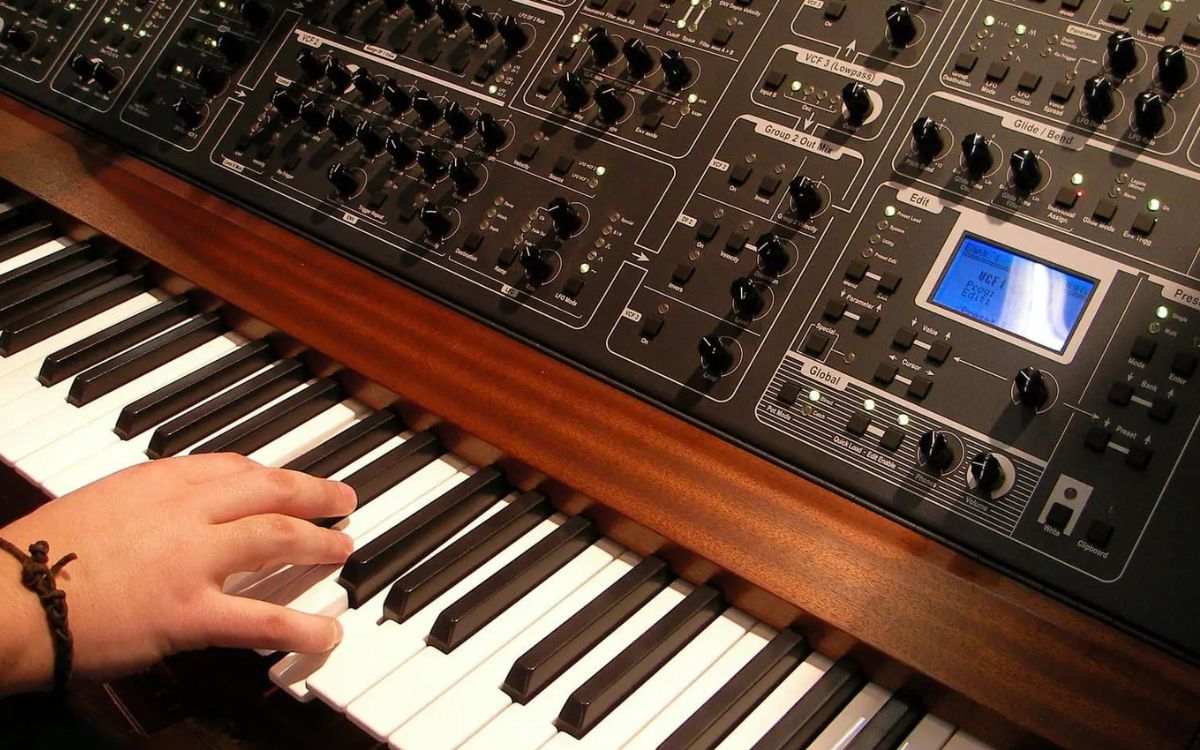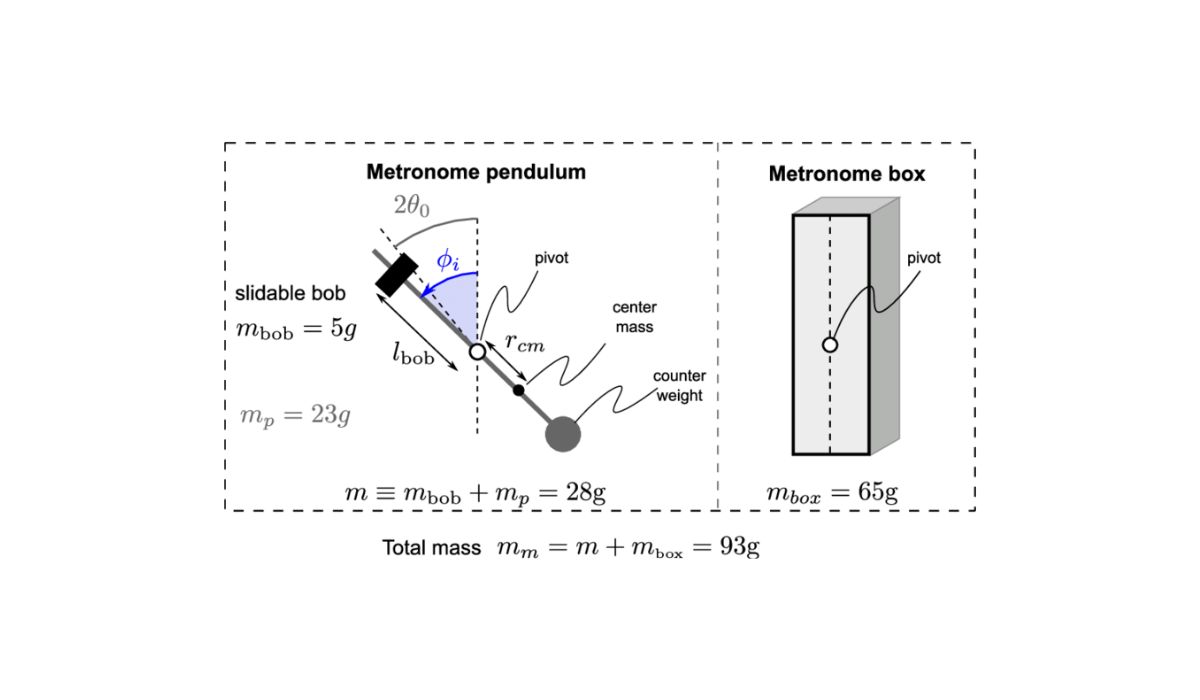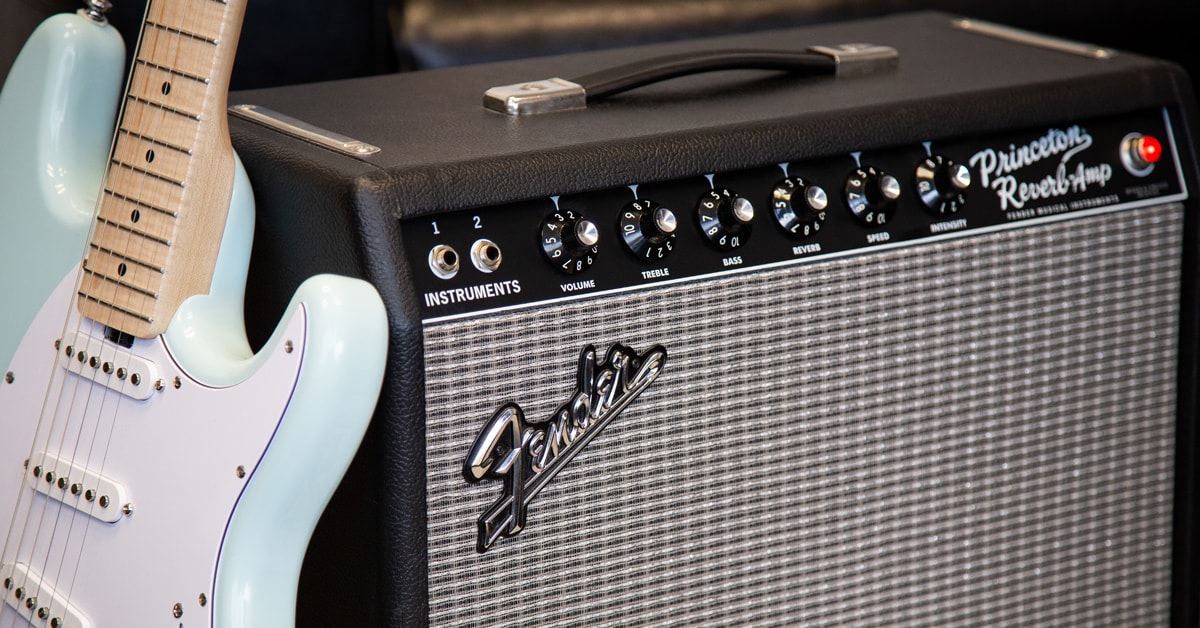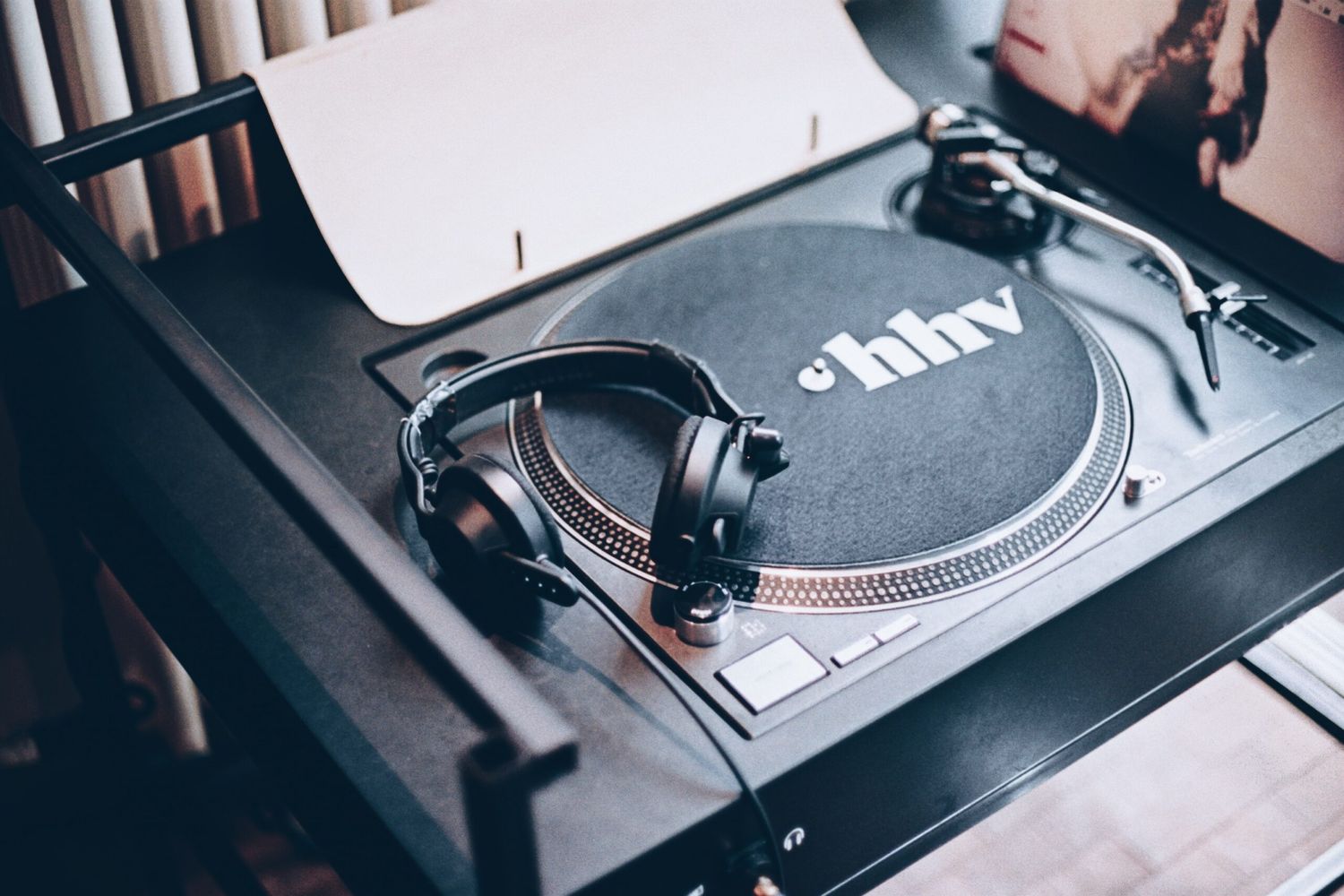Home>Instruments>Piano>How Does A Piano Work
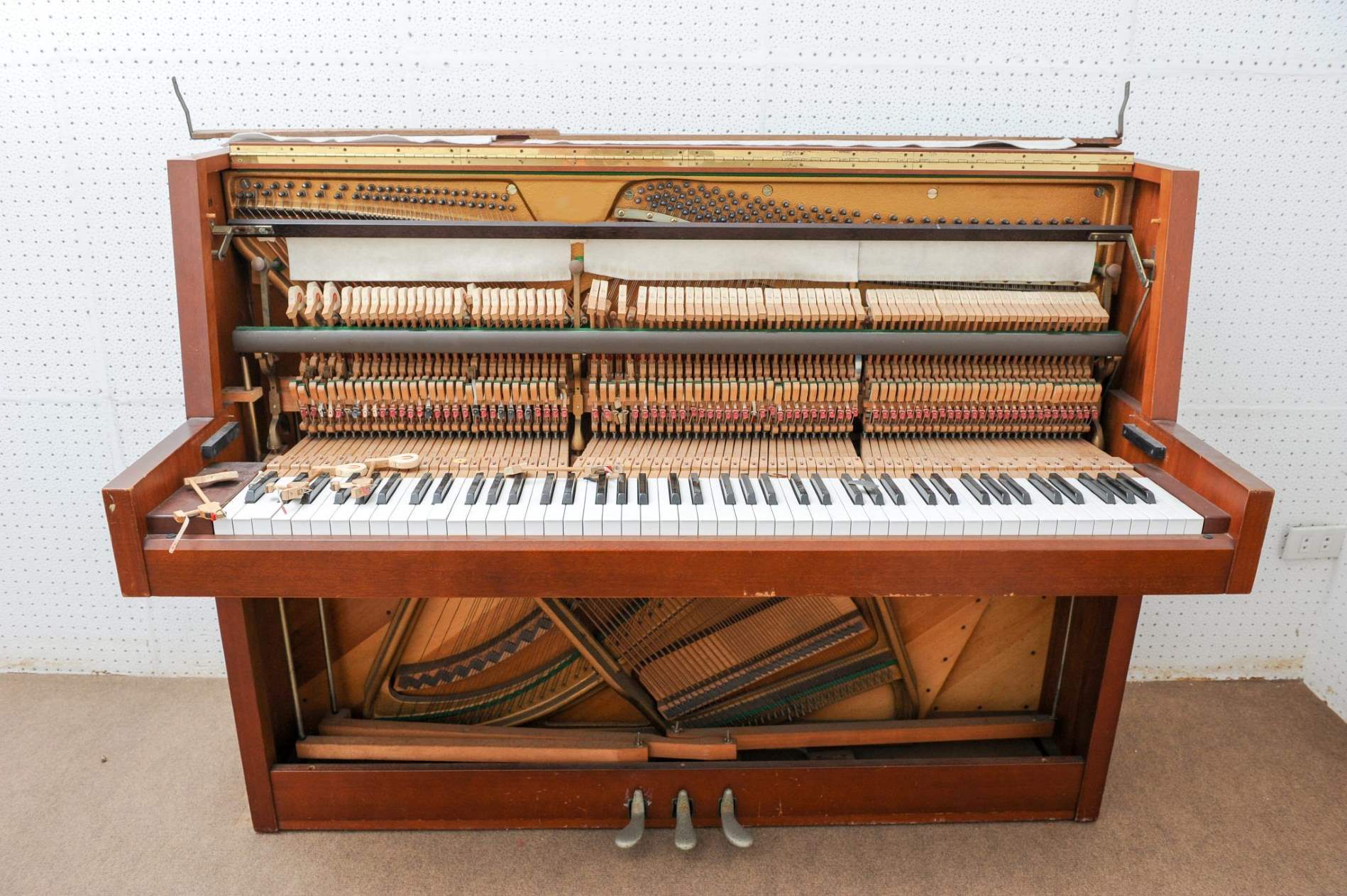

Piano
How Does A Piano Work
Published: February 9, 2024
Discover the inner workings of a piano and learn how its intricate mechanisms produce beautiful music. Explore the fascinating mechanics of the piano and its role in creating timeless melodies. Unlock the secrets of the piano's operation and understand its unique musical capabilities.
(Many of the links in this article redirect to a specific reviewed product. Your purchase of these products through affiliate links helps to generate commission for AudioLover.com, at no extra cost. Learn more)
Table of Contents
Introduction
The piano is a majestic and versatile musical instrument that has captured the hearts of music enthusiasts for centuries. Its timeless appeal and rich sound have made it a staple in classical, jazz, and contemporary music. Understanding how a piano works not only deepens our appreciation for its craftsmanship but also sheds light on the intricate mechanics behind the creation of beautiful music.
From the elegant curves of its frame to the intricate hammers and strings hidden within, the piano is a marvel of engineering and artistry. In this article, we will delve into the inner workings of this remarkable instrument, exploring its various parts, the science behind its sound production, the mechanics of playing, and the essential maintenance it requires.
Whether you are a seasoned pianist, an aspiring musician, or simply a curious enthusiast, this exploration of the piano's inner workings will provide valuable insight into the magic that unfolds every time the keys are touched. Join us on a journey through the intricate world of the piano, where craftsmanship, physics, and music converge to create an unparalleled sensory experience.
Parts of a Piano
Before we unravel the mysteries of how a piano produces its enchanting sound, let’s familiarize ourselves with its fundamental components. The piano is a complex instrument comprised of numerous parts, each playing a crucial role in shaping its distinctive tone and playability.
1. Keyboard: The keyboard is the visible and tactile interface of the piano, consisting of 88 keys in a standard modern piano. These keys are divided into black and white keys, each representing a specific musical note. Pressing a key activates a mechanism that ultimately strikes the corresponding string inside the piano.
2. Strings: The heart of the piano’s sound production lies in its strings. When a key is pressed, a series of intricate mechanisms causes a felt-covered hammer to strike the appropriate string, setting it into vibration and producing sound. The strings are meticulously tensioned to create the distinct pitches associated with each key.
3. Soundboard: The soundboard serves as a resonating amplifier, transferring the vibrations from the strings into the air, thereby enriching and projecting the sound. Its unique construction and placement contribute significantly to the piano’s tonal quality and resonance.
4. Pedals: Most pianos feature three pedals – the soft pedal (una corda), the sostenuto pedal, and the sustain pedal. These pedals alter the way the hammers strike the strings, allowing the pianist to achieve variations in dynamics, sustain, and tonal color.
5. Frame and Cabinet: The frame provides structural support to withstand the immense tension exerted by the strings, while the cabinet encases the internal components and contributes to the piano’s aesthetic appeal.
These are just a few of the essential parts that form the intricate anatomy of a piano. Each component plays a vital role in shaping the instrument’s character and sonic capabilities, showcasing the meticulous craftsmanship and engineering ingenuity that define the piano as a true masterpiece of musical artistry.
How a Piano Produces Sound
Understanding the mechanism behind sound production in a piano unveils the fascinating interplay of physics, craftsmanship, and musical expression. When a pianist strikes a key, a series of intricate processes is set into motion, culminating in the creation of the instrument’s signature sound.
1. Key Action: Pressing a key initiates the key action mechanism, which consists of a complex system of levers and springs. As the key is depressed, it triggers the corresponding hammer to swiftly strike the string, setting it into vibration.
2. String Vibration: The energy from the hammer’s impact causes the string to vibrate at a specific frequency, producing the fundamental tone associated with the key. The length, thickness, and tension of the string determine the pitch of the generated sound.
3. Resonance and Amplification: The vibrating string transfers its energy to the soundboard, a large wooden diaphragm positioned beneath the strings. The soundboard amplifies the vibrations, effectively transforming the mechanical energy of the strings into audible sound waves that resonate throughout the piano and into the surrounding space.
4. Tonal Complexity: The piano’s rich and complex tonal character is attributed to the interaction of multiple strings being set into motion simultaneously. When a key is struck, the associated strings, known as the unison and the sympathetic strings, also vibrate, contributing to the instrument’s full-bodied sound.
5. Pedal Effects: The pedals further enhance the piano’s sonic capabilities. The sustain pedal, for instance, allows the strings to resonate freely, creating a sustained and immersive sound, while the soft pedal modifies the hammer’s striking mechanism, resulting in a softer and more delicate tone.
By unraveling the intricate process of sound production within a piano, we gain a deeper appreciation for the harmonious fusion of mechanical precision and artistic expression that defines this extraordinary instrument. The resulting symphony of vibrations and resonances is a testament to the ingenuity and craftsmanship that have made the piano a timeless icon of musical creativity.
The Mechanics of Playing the Piano
Playing the piano is a harmonious blend of physical dexterity, musical interpretation, and emotional expression. As the pianist’s fingers gracefully dance across the keys, a symphony of mechanical movements and sensory perceptions unfolds, shaping the music into a captivating auditory experience.
1. Key Sensitivity: The pianist’s touch on the keys determines the dynamics and articulation of the sound. Lighter touches yield softer notes, while firmer presses result in louder, more resonant tones. This sensitivity allows for nuanced expression and control over the music’s emotional depth.
2. Hand Coordination: Coordinating the movements of both hands is essential in playing the piano. The right hand typically handles the melody and higher notes, while the left hand manages the accompaniment and bass lines. This bilateral coordination challenges the pianist’s cognitive and motor skills, fostering mental agility and ambidexterity.
3. Pedal Manipulation: Engaging the pedals introduces another layer of complexity to piano playing. The sustain pedal, often utilized to create a sustained and resonant sound, requires precise timing and control to enhance the music’s phrasing and emotional impact. Mastery of pedal techniques adds depth and fluidity to the pianist’s performance.
4. Dynamic Expression: The piano offers a wide dynamic range, from delicate pianissimo passages to thunderous fortissimo climaxes. The pianist’s control over touch and pressure on the keys allows for seamless transitions between these dynamic levels, shaping the music’s narrative and evoking a myriad of emotions.
5. Artistic Interpretation: Beyond the mechanical aspects, playing the piano is an art form that demands creative interpretation and personal expression. Each performance is a unique canvas for the pianist to infuse with their musical identity, employing phrasing, timing, and subtle nuances to convey the essence of the composition.
As the pianist navigates the intricate mechanics of playing the piano, a profound connection emerges between the performer, the instrument, and the audience. It is within this symbiotic relationship that the magic of music comes to life, transcending the mere physicality of the act and blossoming into a captivating and deeply human experience.
Maintenance and Care of a Piano
Proper maintenance is essential for preserving the integrity and performance of a piano, ensuring that it continues to resonate with timeless elegance and captivating sound. From regular tuning to environmental considerations, the care of this exquisite instrument encompasses a range of practices aimed at sustaining its beauty and functionality for generations to come.
1. Tuning: Regular tuning is vital to uphold the piano’s pitch and tonal accuracy. Fluctuations in humidity and temperature can cause the strings to stretch or contract, necessitating adjustments by a skilled piano technician. Ideally, pianos should be tuned at least twice a year to maintain their optimal sound quality.
2. Climate Control: Pianos are sensitive to changes in humidity and temperature. Exposure to extreme conditions can lead to warping of the wood, instability in tuning, and damage to internal components. It is advisable to place the piano in a well-regulated environment, away from direct sunlight, drafts, and moisture, to mitigate these adverse effects.
3. Regular Cleaning: Dust and debris can accumulate inside the piano, affecting its mechanical parts and sound production. Periodic cleaning of the keys, strings, and internal components with a soft, lint-free cloth helps prevent the buildup of foreign particles and maintains the instrument’s pristine condition.
4. Professional Inspection: Engaging a qualified piano technician for routine inspections and maintenance is crucial for identifying and addressing potential issues before they escalate. From regulating the action mechanism to voicing and regulating the hammers, professional oversight ensures that the piano performs optimally and retains its nuanced tonal characteristics.
5. Preventative Care: Implementing preventative measures, such as covering the keys when the piano is not in use and exercising caution when placing objects on or near the instrument, safeguards against accidental damage and wear. Additionally, regular playing and exercising the keys help maintain their responsiveness and prevent stiffness.
By embracing a comprehensive approach to maintenance and care, piano owners can safeguard the instrument’s longevity and preserve its inherent beauty and musical prowess. The commitment to nurturing and protecting the piano echoes the profound respect for its legacy as a timeless symbol of artistic excellence and melodic enchantment.
Conclusion
The piano, with its intricate design and captivating sound, stands as a testament to the ingenuity and artistry of human craftsmanship. From the symphony of strings to the harmonious interplay of mechanical precision and artistic expression, the piano embodies a profound fusion of science, engineering, and musical creativity.
As we unravel the inner workings of this remarkable instrument, from its meticulously crafted components to the enchanting process of sound production, we gain a deeper appreciation for the depth of its complexity and the elegance of its design. The piano’s ability to convey a vast spectrum of emotions, from tender whispers to thundering crescendos, underscores its enduring allure and timeless relevance in the world of music.
Furthermore, the mechanics of playing the piano reveal a symphony of movements, sensations, and interpretations, where the pianist becomes a conduit for translating notes into an immersive auditory experience. This dynamic interplay between performer and instrument transcends the realm of mechanics, giving rise to moments of profound artistic expression and emotional resonance.
Amidst this celebration of musical mastery, the maintenance and care of the piano emerge as essential pillars in preserving its legacy for future generations. By nurturing and protecting this iconic instrument, we honor its enduring legacy and ensure that its resplendent melodies continue to echo through the annals of time.
In essence, the piano is not merely a collection of keys, strings, and hammers; it is a living embodiment of human creativity, innovation, and the boundless capacity for artistic expression. Its enduring presence in the world of music serves as a testament to the timeless allure of this majestic instrument, captivating hearts and minds with its resounding melodies and timeless elegance.
As we bid farewell to this exploration of the piano’s inner workings, let us carry forth a renewed reverence for the craftsmanship, artistry, and enduring legacy of this extraordinary instrument, embracing its enchanting melodies as a source of inspiration and delight for generations to come.


